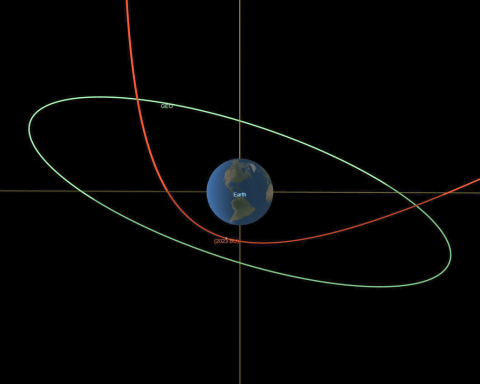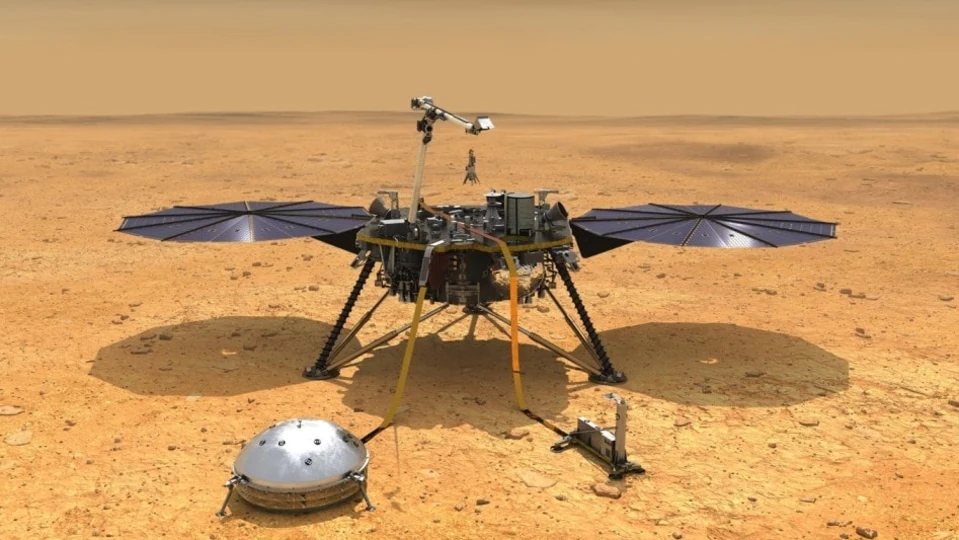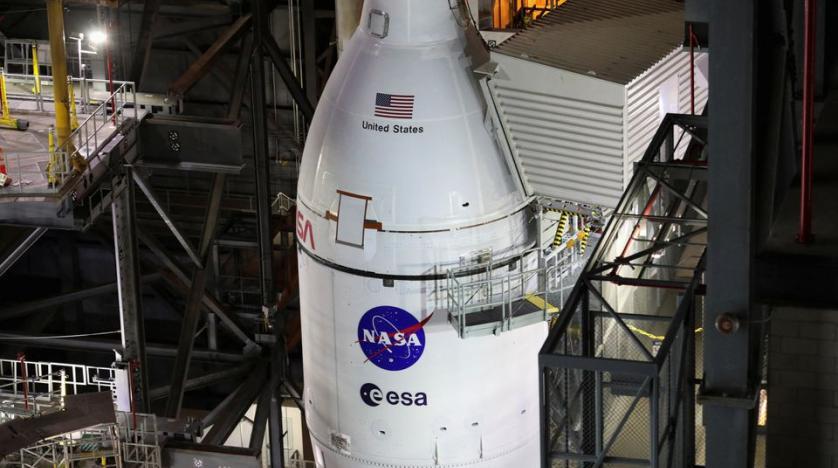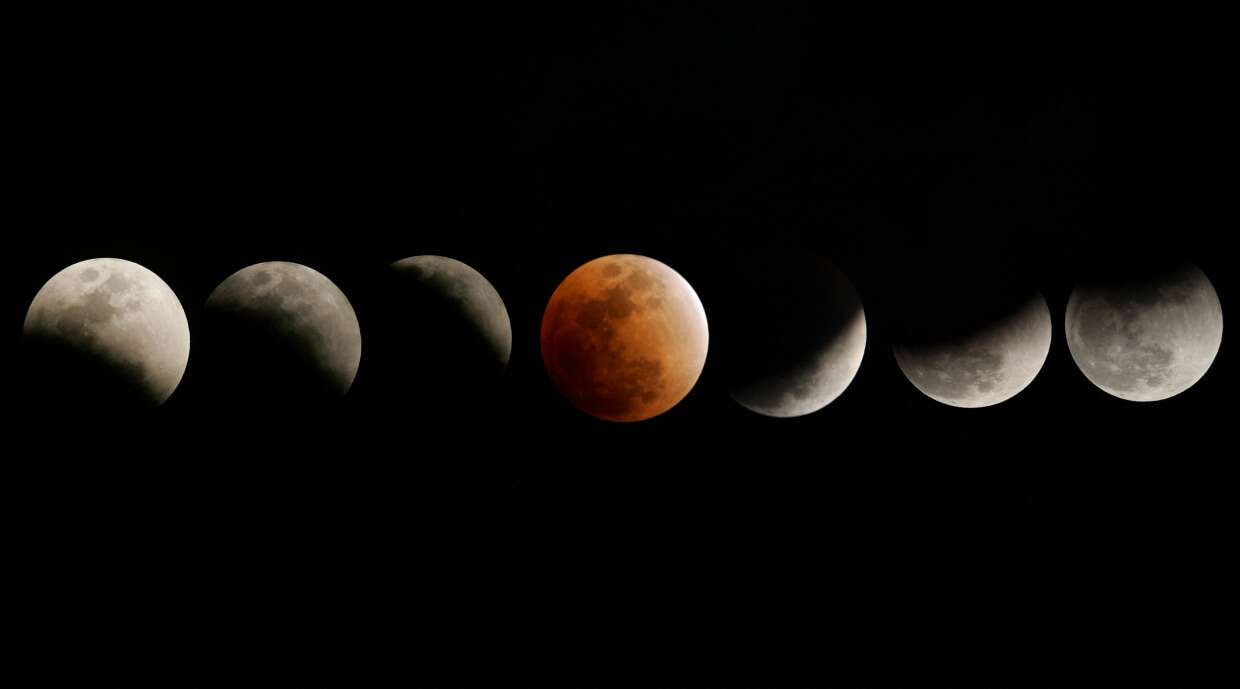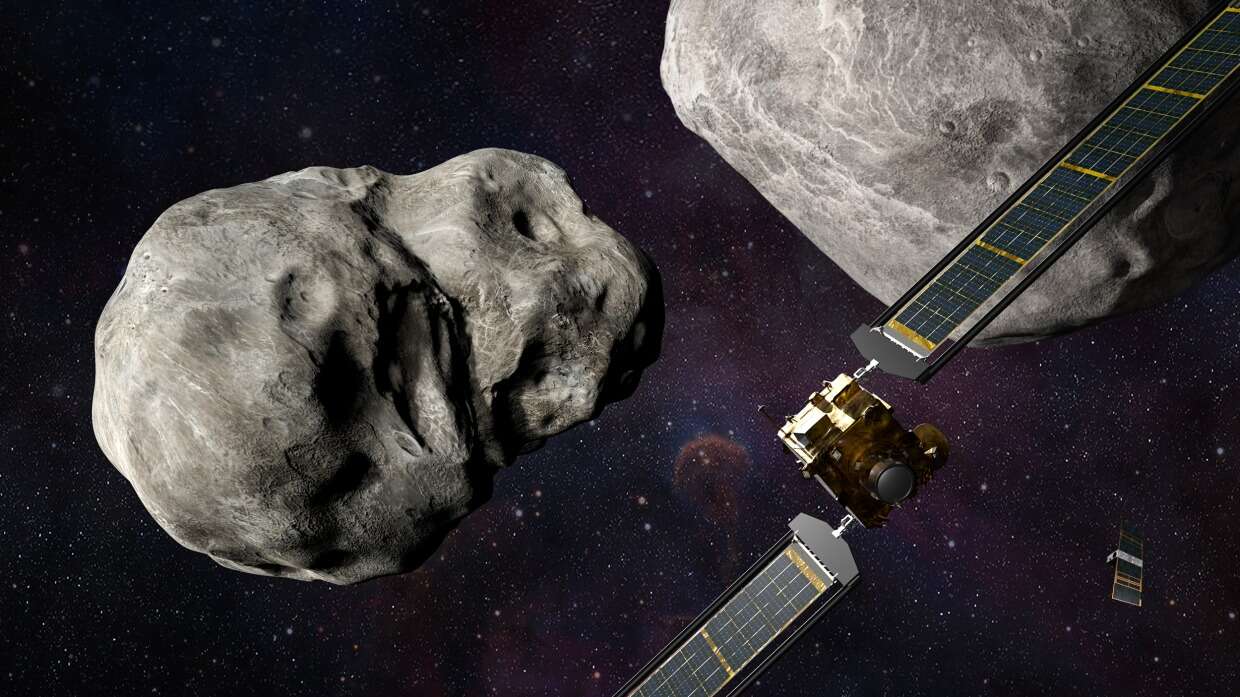
A spaceship is ready to smash into an asteroid in a first-of-its-kind manoeuvre to see if diverting a space rock may one day safeguard Earth from a potentially catastrophic catastrophe.
A cosmic collision is on the way more than 6.5 million miles from Earth.
A NASA spacecraft will purposely collide with an asteroid in a first-of-its-kind operation to see if diverting a space rock may one day safeguard Earth from a potentially disastrous strike.
The accident is scheduled for Monday at 7:14 p.m. ET. NASA TV will provide live coverage beginning at 6 p.m. ET.
The DART, or Double Asteroid Redirection Test, mission will test a system of planetary defence that might save Earth from an asteroid on a crash trajectory with the planet.
According to Bruce Betts, chief scientist of the Planetary Society, a nonprofit organization that undertakes research, lobbying, and outreach to support space exploration, it’s a unique chance to perform a real-world experiment on an asteroid that doesn’t represent a threat to Earth.
Betts called the DART mission “a major step forward for mankind,” saying it will not only assist scientists in examining one of the most popular proposals for planetary defence but will also give an exciting method to raise awareness about the importance of planning ahead of time for such events.
“The thing that makes this natural disaster different is that if we do our homework, we can prevent it,” he said. “That’s a huge difference compared to many other large-scale natural disasters.”
The DART probe’s target is a 525-foot-wide space rock called Dimorphos, which circles a much bigger, 2,500-foot-wide asteroid called Didymos.
On Monday, the spaceship will collide with Dimorphos at a breakneck speed of roughly 4 miles per second or 15,000 miles per hour. The objective isn’t to destroy the asteroid but to test if the crash can change the space rock’s almost 12-hour orbit.
Betts believes that in a real-world planetary defence scenario, even a little push may shift an asteroid’s trajectory enough to keep Earth safe.
“It depends on the object’s size and how much warning time you have, but you do, indeed, just need to change the orbit a little bit,” he said.
The DART probe, roughly the size of a compact car, will be destroyed in the manoeuvre. Still, a small Italian-built CubeSat sent as part of the mission will be able to examine the immediate aftermath.
The tiny satellite, known as LICIACube, will travel within 25 to 50 miles of Dimorphos shortly after the collision, according to Dan Lubey, the LICIACube navigation lead at NASA’s Jet Propulsion Laboratory.
— “close enough to get good images of the impact and ejecta plume, but not so close LICIACube could be hit by ejecta.”
Ground-based telescopes will be used to time Dimorphos’ orbit and assess the mission’s success. A follow-up trip by the European Space Agency will investigate the impact crater on Dimorphos and the asteroid system in greater depth. The mission is slated to launch in 2024.
“We want to know what happened to Dimorphos, but more importantly, we want to understand what that means for potentially applying this technique in the future,”
Nancy Chabot, the DART coordination head at Johns Hopkins University’s Applied Physics Laboratory, stated this month at a press conference. The Applied Physics Lab designed and ran NASA’s $325 million DART program.
According to NASA, no known asteroid greater than 450 feet across has a high risk of colliding with the planet in the next 100 years, but only a few smaller near-Earth objects have been discovered.
The agency’s Planetary Defense Coordination Office is in charge of looking for near-Earth objects that potentially threaten the planet, such as those that come within 5 million miles of Earth’s orbit and those large enough to inflict considerable damage if they impact the planet’s surface.
Even if the DART mission fails, scientists will get valuable knowledge from the experiment, according to Andrea Riley, a program executive at NASA’s Planetary Defense Coordination Office.
“If it misses, it still provides a lot of data,” Riley said in the news briefing. “This is why we test. We want to do it now rather than when there is an actual need.”

